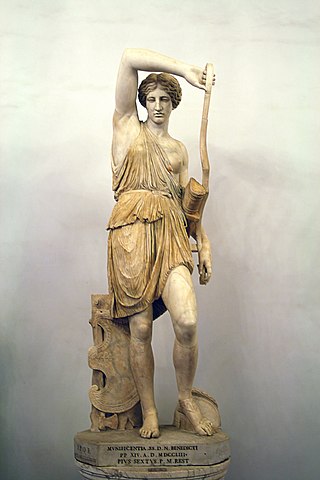
In Greek mythology, the Amazons are portrayed in a number of ancient epic poems and legends, such as the Labours of Heracles, the Argonautica and the Iliad. They were a group of female warriors and hunters who were known for their physical agility, strength, archery, riding skills, and the arts of combat. Their society was closed to men and they only raised their daughters and returned their sons to their fathers, with whom they would only socialize briefly in order to reproduce.

Maciste is one of the oldest recurring characters of cinema, created by Gabriele d'Annunzio and Giovanni Pastrone. He is featured throughout the history of the cinema of Italy from the 1910s to the mid-1960s.

Sword-and-sandal, also known as peplum, is a subgenre of largely Italian-made historical, mythological, or biblical epics mostly set in the Greco-Roman antiquity or the Middle Ages. These films attempted to emulate the big-budget Hollywood historical epics of the time, such as Samson and Delilah (1949), Quo Vadis (1951), The Robe (1953), The Ten Commandments (1956), Ben-Hur (1959), Spartacus (1960), and Cleopatra (1963). These films dominated the Italian film industry from 1958 to 1965, eventually being replaced in 1965 by spaghetti Western and Eurospy films.
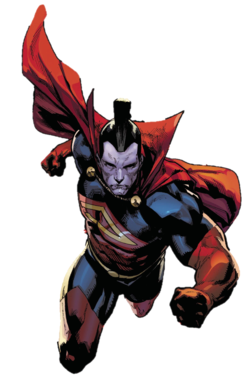
Gladiator (Kallark) is a fictional character appearing in American comic books published by Marvel Comics. He first appeared in The X-Men #107 and was created by writer Chris Claremont and artist Dave Cockrum. The character is a Strontian, and like others of his race has the capacity for great strength and various superpowers, but can only use them when he is completely devoted to a purpose; his abilities vary in accordance with his level of confidence. He was born on Strontia, which is part of the Shi'ar Empire and he is the leader of their Imperial Guard. He was also a member of the Annihilators, Dark Guardians, and Guardians of the Galaxy.
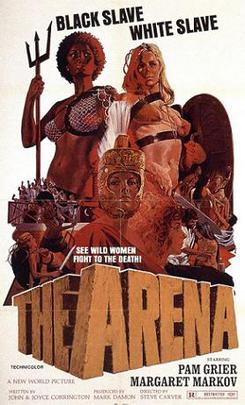
The Arena, also known as Naked Warriors, is a 1974 gladiator exploitation film directed by Steve Carver and starring Margaret Markov and Pam Grier. Joe D'Amato, the film's cinematographer, has stated that he took over direction of the fight scenes in the film.

Sodom and Gomorrah is a 1962 epic film directed by Robert Aldrich from a screenplay by Hugo Butler and Giorgio Prosperi, loosely based on the Biblical reading of Sodom and Gomorrah. An international co-production between France, Italy and the United States, the film stars Stewart Granger, Pier Angeli, Stanley Baker, Rossana Podestà, Rik Battaglia, Giacomo Rossi-Stuart and Anouk Aimée.

Korg is a fictional character appearing in American comic books published by Marvel Comics. Created by writer Greg Pak and artist Carlo Pagulayan, the character first appeared in The Incredible Hulk (2000) #93 during the "Planet Hulk" storyline.
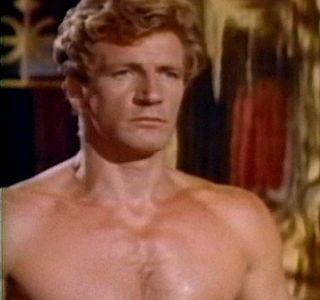
Joseph Robinson was an English actor and stuntman born in Newcastle upon Tyne, Northumberland. He was a champion professional wrestler, as were his father Joseph and his grandfather John. His brother, Doug Robinson, was also an actor and stuntman.
The Amazons of DC Comics are a race of warrior women who exist as part of Greek mythology. They live on Paradise Island, later known as Themyscira, an isolated location in the middle of the ocean where they are hidden from Man's World.
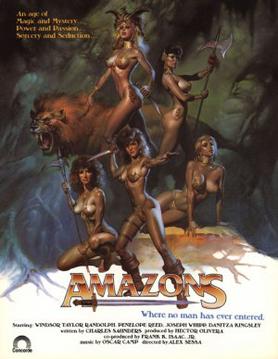
Amazons is a 1986 Argentine-American fantasy adventure film directed by Alejandro Sessa and starring Penelope Reed, Danitza Kingsley, Joseph Whipp, Ty Randolph, and Jacques Arndt. The screenplay was written by Charles R. Saunders, based on his short story Agbewe’s Sword, which first appeared in the 1979 anthology Amazons! The short story is included as part of the series Dossouye, about the real-life female warriors of the West African Kingdom of Dahomey, gathered together in a novel published by Saunders in 2008.

Barbarian Queen is a 1985 American-Argentine fantasy film starring Lana Clarkson, directed by Héctor Olivera and written by Howard R. Cohen. The film premiered in April 1985 in the United States. It was executive produced by Roger Corman, and it was the third in a series of ten movies that Corman produced in Argentina during the 1980s.
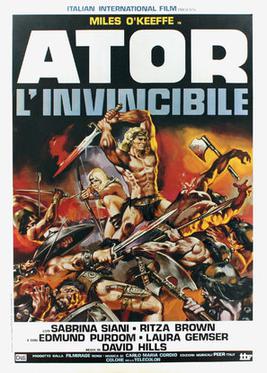
Ator, the Fighting Eagle is a 1982 Italian adventure-fantasy film directed by Joe D'Amato. It stars Miles O'Keeffe, Sabrina Siani, Ritza Brown and Edmund Purdom. Ator, the Fighting Eagle follows the eponymous warrior setting out on a journey to bring his wife Sandra home after her kidnapping by the Spider Cult. It was followed by the sequels Ator 2 – L'invincibile Orion, Iron Warrior and Quest for the Mighty Sword.
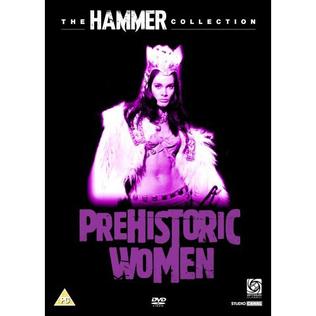
Prehistoric Women is a British fantasy adventure film directed by Michael Carreras, starring Martine Beswick and Michael Latimer. It was first released in the US in 1967, and released in the UK 18 months later under the title Slave Girls, where it was trimmed by 17 minutes and played as the supporting feature to The Devil Rides Out (1968).
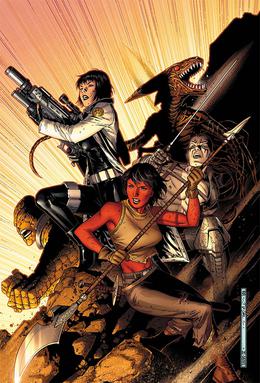
Elloe Kaifi is a fictional character appearing in American comic books published by Marvel Comics.
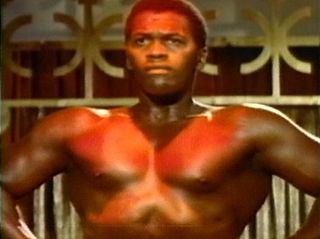
Harry Baird was a Guyanese-born British actor who came to prominence in the 1960s, appearing in more than 36 films throughout his career. He is best remembered as the bus driver in the final scene of The Italian Job.

There are many fictional Elves appearing in American comic books published by Marvel Comics. The most common of the Elves are the Dark Elves of Svartalfheim and the Light Elves of Alfheim that are based on the elves of Norse mythology. They frequently appear in stories featuring the superhero Thor.

Samson and the Slave Queen is a 1963 Italian peplum directed by Umberto Lenzi. It was originally made as a Maciste film in Italy, in which the fabled strongman meets Zorro. It was redubbed into a "Samson" movie for distribution in the U.S. and "Samson" meets "El Toro"
2020 Texas Gladiators is a 1983 Italian science fiction action film co-directed by Joe D'Amato and George Eastman.



















